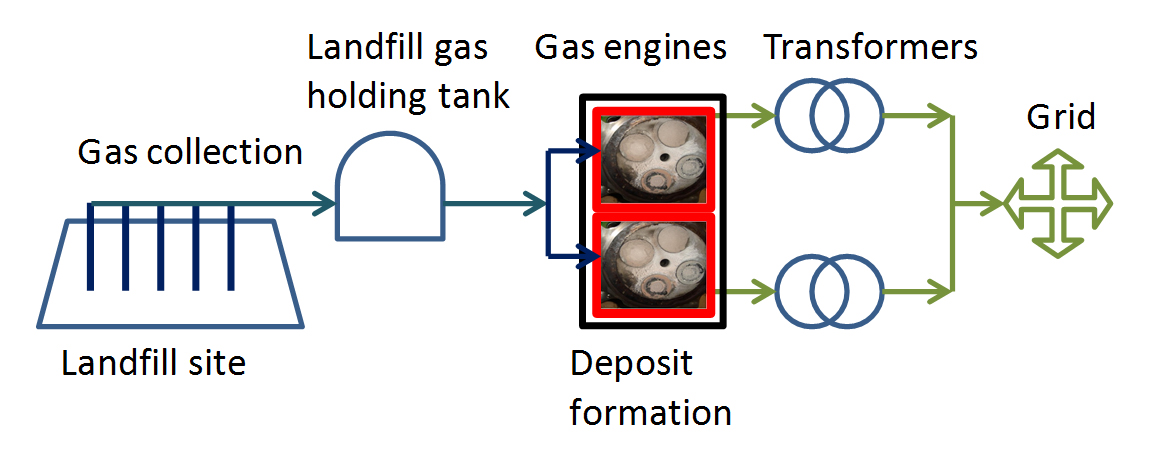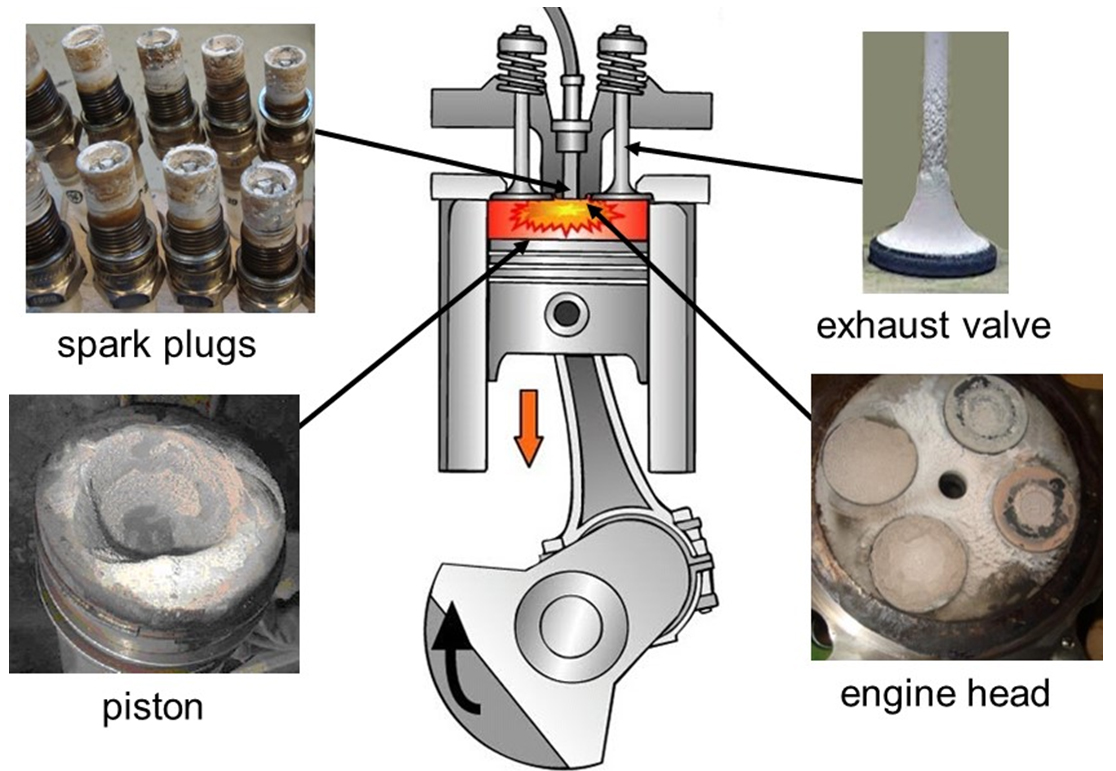Siloxanes in consumer products affect energy recovery costs at biogas-to-energy facilities
挥发性甲基硅氧烷(VMS)是人造混合涂料unds containing silicon and oxygen with organic side groups (typically methyl groups) attached to the silicon atoms. Siloxanes can have linear (denoted by L or M nomenclature) and cyclic (denoted by D) structural configurations. Organic side groups give siloxanes their strong hydrophobic properties. Because of their thermal stability, low solubility, hydrophobicity and antimicrobial characteristics, siloxane production and use in manufacturing and construction industries have increased significantly in recent years. Siloxanes are used in many consumer products (e,g., personal care products which include shampoos, creams, and make up, sunblock; exterior coatings for buildings, wood, textile, paper; electronics).
Siloxanes used in personal care products enter wastewater and those used in other consumer products end up in municipal solid waste when discarded. Presence of siloxanes in wastewater and solid waste affect the quality biogas produced at anaerobic digestors and landfills. Biogas has a heating value of approximately 500 Btu per cubic foot which is about half of the heating value natural gas.
In the recent years, increasing levels of volatile methyl siloxanes in biogas have been a concern for utilization of biogas for energy generation. During combustion of biogas, siloxanes are converted to silicon dioxide which form white deposits (in crystal or amorphous state) on engine components (e.g., engine heads, spark plugs, valves). The accumulation of deposits affects the engine performance by causing detonation in combustion chambers, decreases efficiency of gas engines, and increases the exhaust gas emissions due to unburned fuel. If not serviced, severe damages can occur to the engine components (i.e., valves, pistons, piston rings, liners, cylinder heads, spark plugs and turbochargers) requiring costly repairs.
We conducted a survey of biogas-to-energy facilities for the operational costs and challenges associated with accumulation rate and removal of silicon dioxide deposits from the engine components. We used the survey data for conducting the economic analyses to evaluate and compare economic feasibility of carbon adsorption systems vs manual removal of deposits from engine components in relation to quantity of biogas utilized and siloxane levels in biogas.
Installation of a carbon adsorption system to remove siloxanes prior to the combustion chamber can be feasible for facilities with biogas flow rates over 1,700 m3/hr (1,000 scfm). For facilities with biogas flows less than 1,300 m3/hr (750 scfm), the added capital and operational costs of carbon adsorption systems may not be feasible. However, if recovery credits for energy recovery are considered, the facilities even with the smaller gas flow rates (i.e., 850 m3/hr or 500 scfm) would benefit from having a biogas pretreatment system. Siloxane removal prior to the gas engines would increase the lifetime of spark plugs, reduce maintenance costs for engine parts, and reduce frequency for rebuilding engines.
Berrin Tansel, Sharon C. Surita
Department of Civil and Environmental Engineering, Florida International University,
Miami, USA
Publication
Managing siloxanes in biogas-to-energy facilities: Economic comparison of pre- vs post-combustion practices
Berrin Tansel, Sharon C Surita
Waste Manag. 2019 Aug 1















Leave a Reply
You must belogged into post a comment.